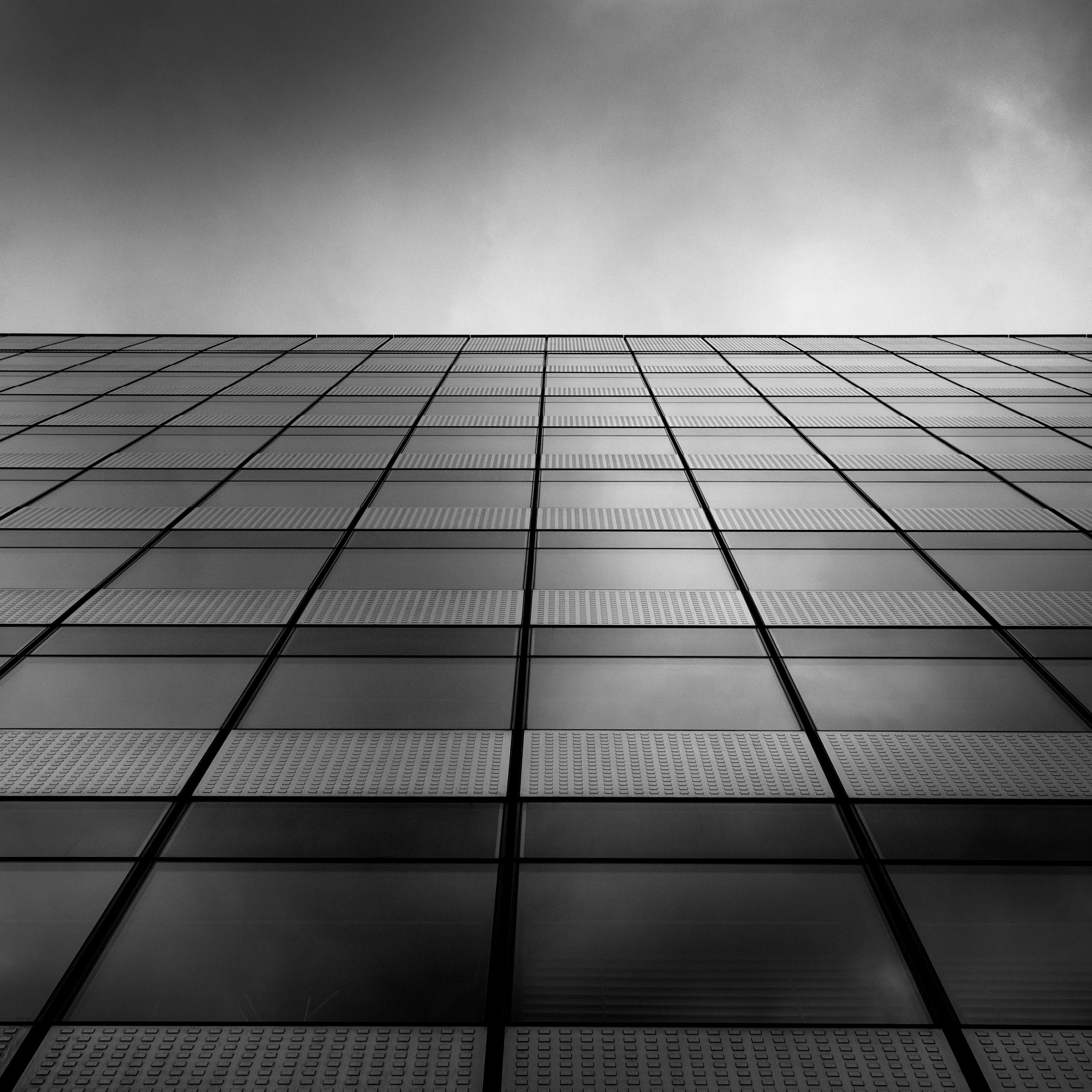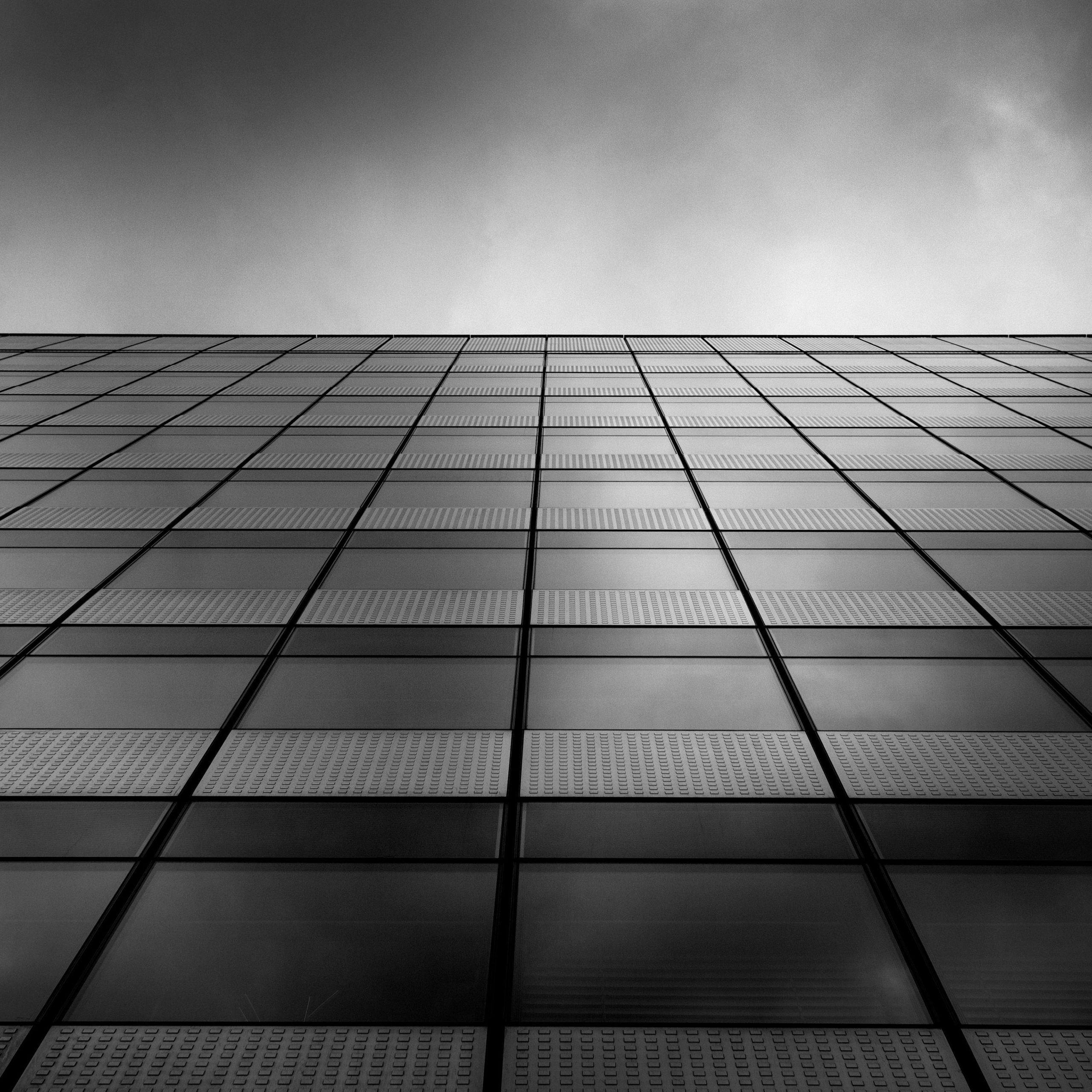When it comes to maintaining the integrity of your home’s exterior, waterproof caulk is a critical player. It seals gaps and prevents water from infiltrating areas that could lead to costly damage. Whether you’re tackling a DIY project or simply looking to enhance your home’s durability, understanding waterproof caulk can tip the scales in favor of long-lasting protection.
But with so many options on the market, how do you know which product is right for your needs? Fear not! This guide will break down everything you need to know about waterproof caulk for exterior applications—from its purpose and importance to tips for application and maintenance. Let’s dive into the world of sealing solutions that keep your home safe from moisture intrusion.
Understanding Caulk and Its Purpose
Caulk is a flexible material used to fill gaps and cracks in various surfaces. Its primary purpose is to create a watertight seal that prevents moisture from penetrating your home.
This sealing agent comes in different formulations, making it suitable for various applications. It can be found around windows, doors, baseboards, and even plumbing fixtures. By blocking drafts and water ingress, caulk enhances energy efficiency while protecting against mold growth.
Understanding the composition of caulk is vital. Silicone-based options offer excellent flexibility and durability but may not adhere well to all surfaces. Latex waterproof caulk for bathtubs caulks are easier to apply and clean up but might lack the same waterproof capabilities as silicone.
Choosing the right type ensures effective sealing for both indoor and outdoor projects. Knowing where you plan to use it will guide you toward selecting the best option for your needs.
The Importance of Waterproof Caulk for Exterior Applications
Waterproof caulk plays a crucial role in protecting your home’s exterior. It seals gaps and cracks, preventing water intrusion that can lead to extensive damage.
When moisture seeps into these openings, it can cause mold growth and structural issues over time. Waterproof caulk creates a barrier against rain, snow, and humidity.
Using waterproof caulk also enhances energy efficiency. By sealing air leaks around doors and windows, you help maintain consistent indoor temperatures while reducing energy bills.
Moreover, the right waterproof caulk contributes to the overall aesthetic of your home. A clean finish not only looks better but also adds value to your property.
Choosing high-quality waterproof options means fewer repairs down the line. Investing in proper sealing now means peace of mind later as you enjoy a dry and secure living environment.
Types of Waterproof Caulk Available
When it comes to waterproof caulk, several types cater to different needs and surfaces. Silicone caulk is a popular choice, known for its flexibility and durability. It works well in areas exposed to moisture.
Latex caulk offers ease of application and cleanup. It’s paintable, making it ideal for exterior projects where aesthetics matter. However, it’s not as water-resistant as silicone.
Polyurethane caulk provides exceptional adhesion and elasticity. This option is perfect for high-stress joints or locations subject to movement.
For specific applications like roofing or siding, specialized products are available that resist UV rays and extreme temperatures.
Choosing the right type depends on your project requirements and environmental conditions. Each option has unique benefits tailored to various scenarios in outdoor settings.
Factors to Consider When Choosing the Right Waterproof Caulk

When selecting waterproof caulk, consider the materials you’re working with. Different surfaces like wood, concrete, or vinyl require specific formulations for optimal adhesion.
Next, examine the environment. Will your caulk face extreme temperatures or UV exposure? Some products are designed to withstand harsh weather conditions better than others.
Check the flexibility of the caulk as well. If you’re sealing joints that experience movement or shifting, a more elastic option will prevent cracking and maintain a tight seal over time.
Also, take into account drying times. Fast-drying options can speed up your project but may not always offer long-term performance.
Review application tools and techniques needed for each type of caulk. Some brands come in convenient packaging that makes DIY applications smoother and easier.
Tips for Properly Applying and Maintaining Waterproof Caulk

To achieve the best results with waterproof caulk, preparation is key. Start by cleaning the surface thoroughly. Remove any old caulk and debris to ensure a strong bond.
Use painter’s tape to create clean lines and prevent smudging during application. This simple step can make your work look professional and polished.
When applying caulk, use a steady hand for an even bead. Apply pressure on the tube while moving smoothly along the joint. If necessary, smooth it out with a finger or a tool for that perfect finish.
Once applied, give it time to cure properly before exposing it to moisture. Check manufacturer guidelines for specific curing times.
Regular maintenance is essential too. Inspect joints periodically for signs of wear or gaps, especially after harsh weather conditions. Reapply as needed to maintain those watertight seals effectively.
Common Mistakes to Avoid When Using Waterproof Caulk
One of the biggest mistakes people make is skipping surface preparation. Clean and dry surfaces are essential for proper adhesion. Dust, dirt, or moisture can lead to peeling and cracking over time.
Another common error is applying too much caulk. A thick bead may seem appealing but often results in uneven application. Aim for a smooth, consistent line instead.
Ignoring curing time is another pitfall. Rushing this process can compromise the effectiveness of your waterproof sealant. Always fashion adhere to manufacturer recommendations regarding drying times.
Using the wrong type of caulk can also be detrimental. Each formulation serves specific purposes; using interior caulk outdoors won’t provide adequate protection against elements.
Don’t neglect regular maintenance checks after application. Inspecting your work periodically ensures any wear or damage gets addressed before it becomes a bigger issue.
Conclusion
When it comes to protecting your home from the elements, understanding waterproof caulk is essential. This versatile sealing material plays a crucial role in preventing water damage and maintaining the integrity of exterior surfaces. Choosing the right type of waterproof caulk can make all the difference, especially when facing harsh weather conditions.
The variety of options available means that you have choices tailored to different applications. Whether you need something for windows, doors, or outdoor fixtures, there’s a suitable waterproof caulk out there for you. Remember to take into account factors like curing time, flexibility, and compatibility with other materials before making your selection.
Applying waterproof caulk correctly ensures optimal performance over time. Proper preparation of surfaces and attention to detail during application will lead to durable results. Regular maintenance checks will help identify any wear or cracking early on—this proactive approach extends the life of your sealant.
While using waterproof caulk is straightforward, it’s easy to make common mistakes that could undermine its effectiveness. Avoid rushing through projects and ensure you’re familiar with best practices for installation.
Being informed about these aspects empowers homeowners and DIY enthusiasts alike to tackle exterior projects confidently while ensuring lasting protection against moisture intrusion. Take charge today by choosing high-quality waterproof caulk that suits your specific needs; it can safeguard your property for years ahead.

